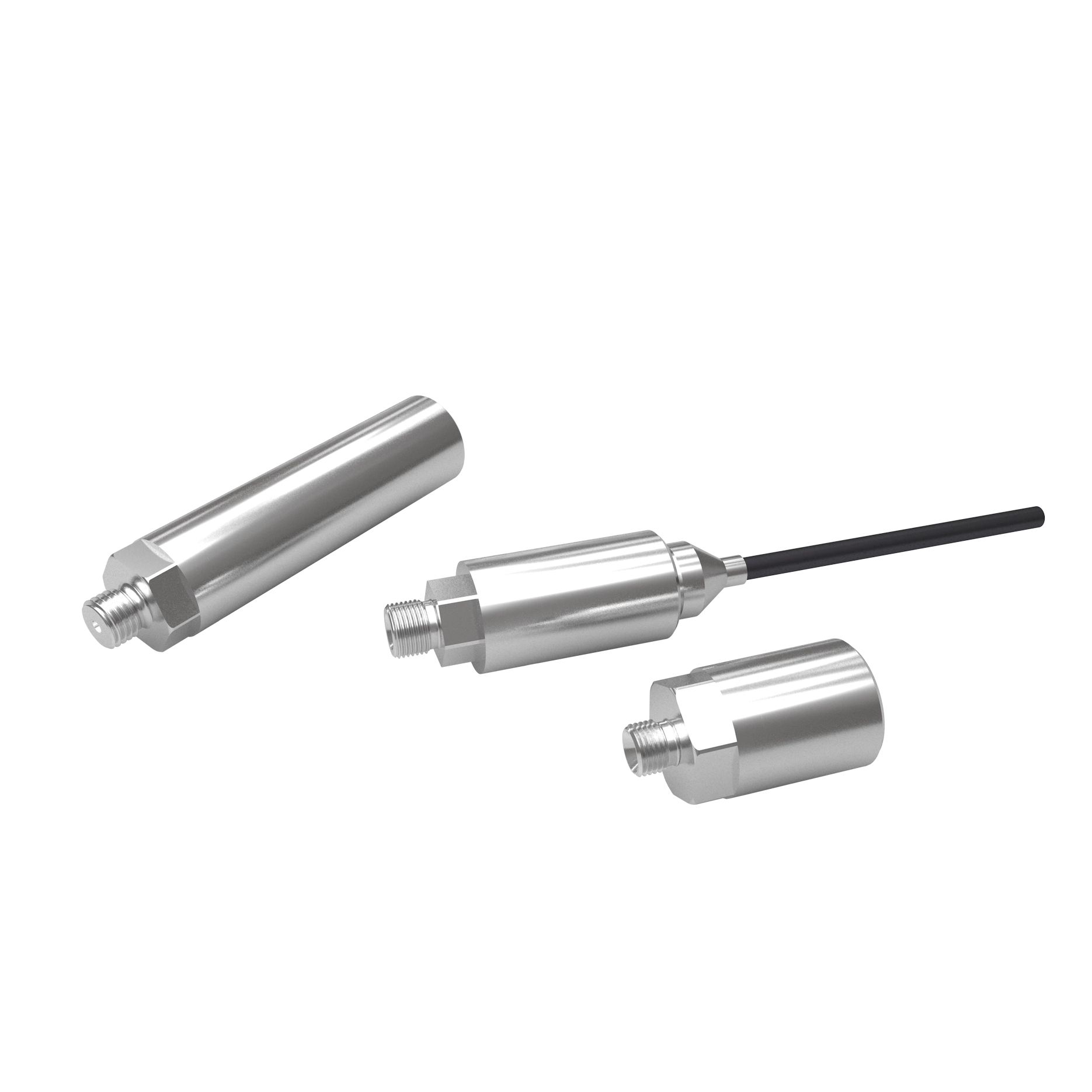Views: 5 Author: Site Editor Publish Time: 2024-08-19 Origin: Site












When choosing the silicon resonant pressure sensor suitable for the petroleum industry, the following several key factors can be considered:
1.Measurement range: Based on the specific petroleum application scenarios, determine the pressure range to be measured and select the sensor whose range can cover this range. Generally speaking, it is necessary to ensure that the range of the sensor can cope with the maximum pressure that may occur and leave a certain margin.
2.Accuracy requirements: Some applications in the petroleum industry may have high requirements for the accuracy of pressure measurement. Understand the accuracy level required for the specific application and select the silicon resonant pressure sensor with the corresponding accuracy. For example, products with a full-scale combined accuracy of 0.01% FS may be suitable for occasions with strict accuracy requirements.
3.Working temperature: The working environment temperature in the petroleum industry may be high or vary greatly. Ensure that the sensor can work normally within the expected working temperature range, especially considering the impact of high-temperature environments on the sensor's performance. Some sensors can operate up to 175°C, and products with higher temperatures (such as 200°C and above) may also be under development.
4.Stability and reliability: Due to the requirements for production continuity and safety in the petroleum industry, the sensor needs to have good long-term stability and reliability. Understand the sensor's stability indicators (such as long-term stability ±34.5 kPa/yr), and its reliability under harsh environmental conditions (such as vibration, shock, corrosion, etc.).
5.Corrosion resistance: Petroleum and its related media may have certain corrosiveness. Choose sensors with anti-corrosion capabilities, especially for the parts in contact with the pressure medium (such as diaphragm materials). Appropriate materials should be selected based on the corrosiveness of the medium, such as 316/316L stainless steel, tantalum, etc.
6.Environmental adaptability: Consider the adaptability of the sensor to other environmental factors such as humidity and electromagnetic interference. For example, in an environment with electromagnetic interference, it is necessary to select sensors that are not sensitive to electromagnetic interference.
7.Output type: According to the requirements of the system, select the appropriate sensor output type, such as millivolt output, voltage amplification, milliampere or frequency output, etc. At the same time, factors such as the transmission distance of the output signal, whether amplification is required, and possible electrical interference should be considered.
8.Mechanical strength: Some applications in the petroleum industry may have high-intensity vibrations or shocks. The shell of the sensor should have sufficient mechanical strength to ensure normal operation in these environments. The specific environment where the sensor will be applied should be considered, such as whether it is in a high-humidity or steam environment.